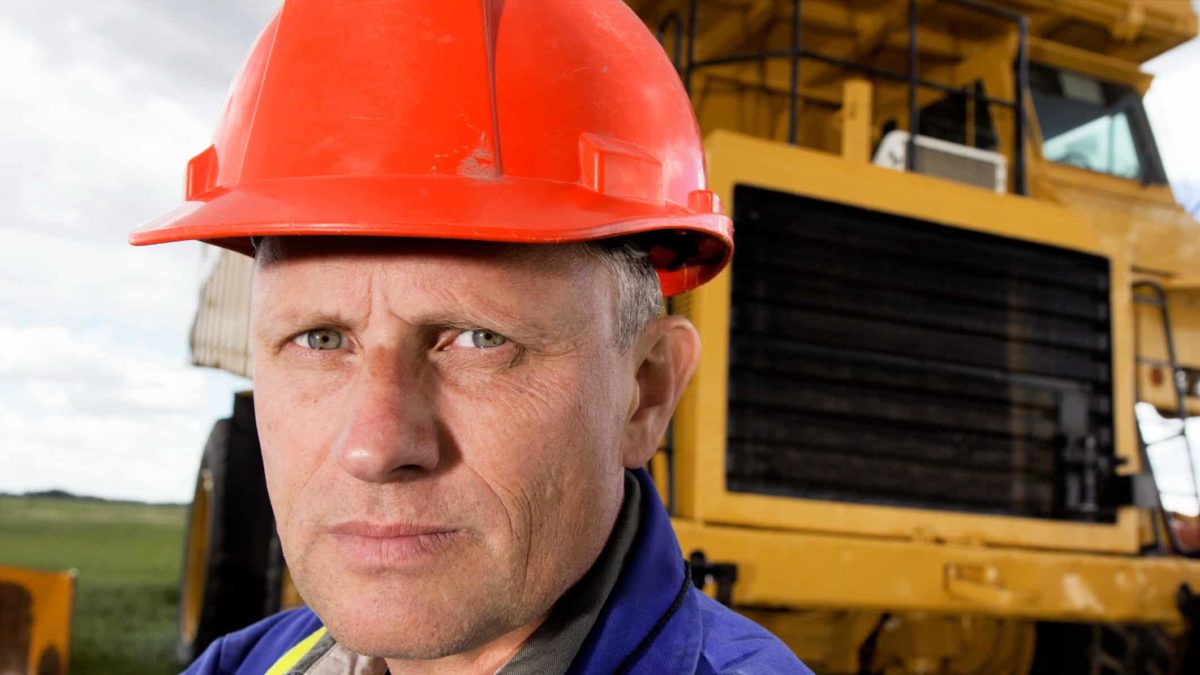The Sayona Mining Ltd (ASX: SYA) share price delivered an unimpressive performance in November.
Shares in the ASX lithium company opened at 23.5 cents each on 1 November and closed lower at 23 cents a share at the end of the month for a 2.13% loss.
By comparison, the S&P/ASX 200 Materials Index (ASX: XMJ) had a spectacular month in November. The index climbed 16.23% for the month.
And more broadly, the S&P/ASX 200 Index (ASX: XJO) also made a 6.13% gain over the same period.
Currently, Sayona shares are going for 22.7 cents apiece, a 1.3% drop on yesterday's closing price.
Let's take a look at what the last month held for Sayona and where it might be headed.
What happened to Sayona in November?
Recently, the Motley Fool reported that lithium shares, like Sayona, could be suffering from reduced demand for battery materials in China. This comes amid COVID lockdowns and protests in the country causing operational disruptions in the manufacturing of electric vehicles (EVs).
As noted by my colleague Monica O'Shea, there could potentially be an oversupply of batteries for EVs in China by 2025. Both of these headwinds could have weighed on Sayona's share price near the end of the month.
Another development was Sayona issuing 185 million new shares to the market on 18 November. The company said it would use the funds to acquire an additional 1,824 exploration claims near its 60%-owned Moblan lithium project in Canada.
As well as acquiring an extra 985 kilometres of land for exploration, Sayona announced it would also be buying a 9.26% stake in the seller, the Canadian-listed Troilus Gold Corp.
What's next?
In other news for the month, Sayona announced that it has made progress in the restart of its North American Lithium (NAL) operations in Quebec, Canada. The company expects to start producing lithium from the site in the first quarter of next year.
Yet it seems experts are split on the broader outlook for lithium producers such as Sayona.
Global Lithium LLC founder and president Joe Lowry recently predicted that the price of lithium hydroxide could reach USD $100,000 per tonne. That's well up from the US $85,000 per tonne it's fetching at the time of writing. The strong demand for electric vehicles was said to be a tailwind that could further lift the price of lithium hydroxide.
However, Schroders head of Australian equities Martin Conlon believes that even the current lithium prices are "vastly higher than needed to incentivise new supply and are therefore difficult to rationalise on any fundamental basis".
It appears Conlon believes lithium is presently overvalued and could be due for a downside correction.









